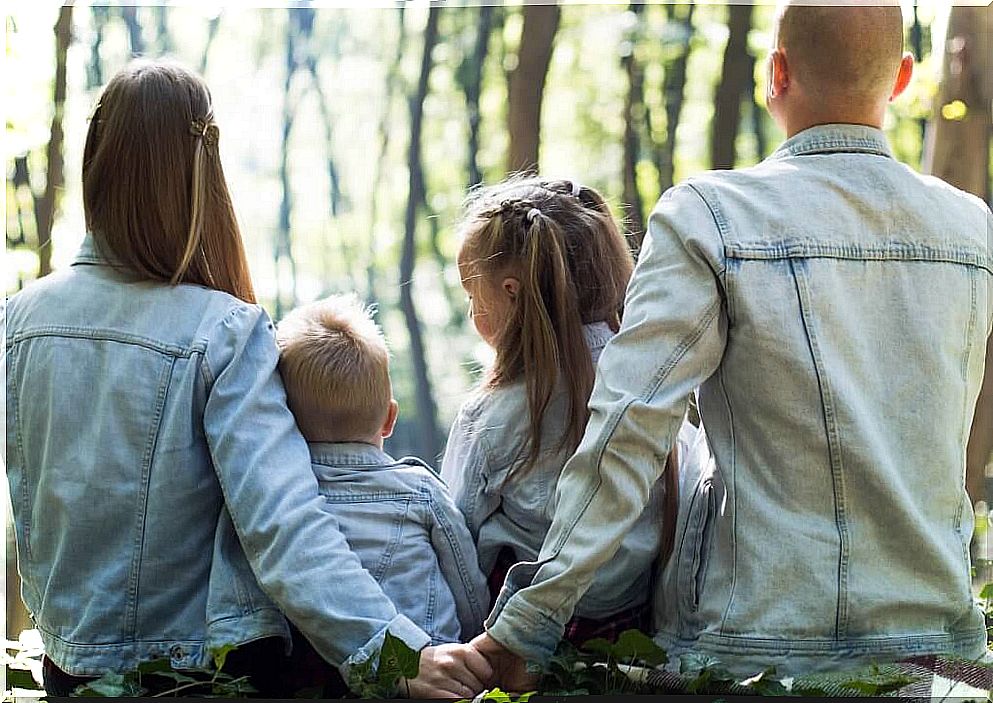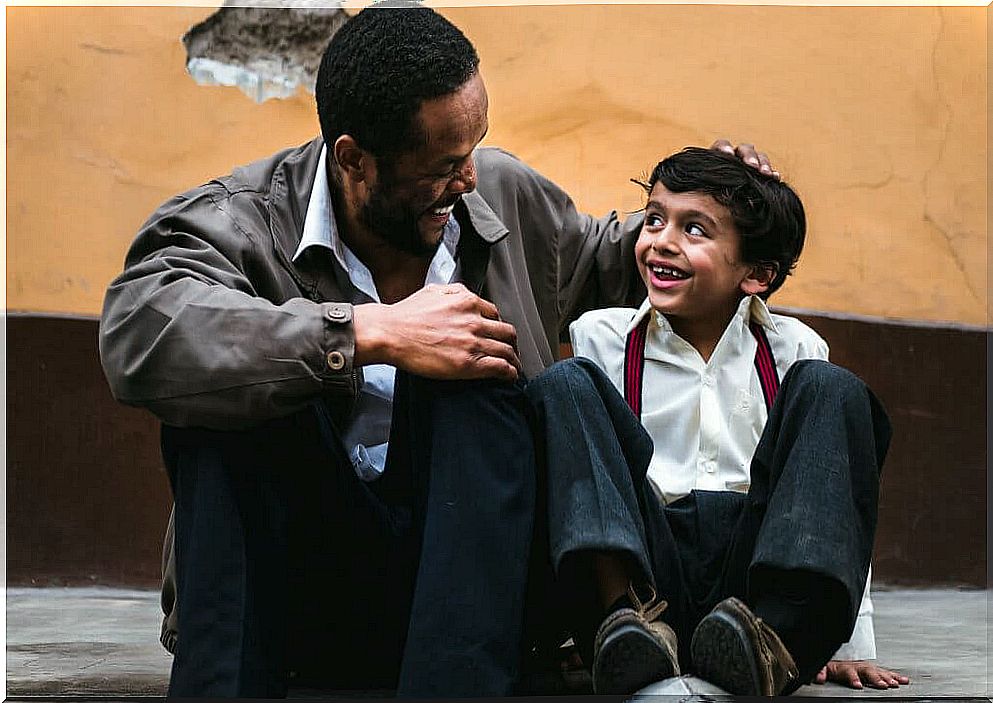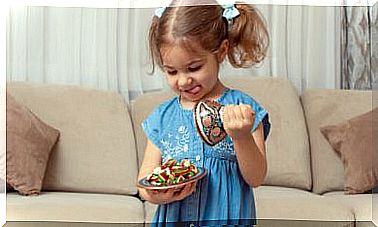How Does The Family Climate Influence The Education Of The Little Ones?

Educating children is not an easy task. The little ones are human beings in development who are learning, with the help of their parents and little by little, to regulate their emotions and control their behaviors. Parents can find themselves in this process without knowing how to do it, tired or stressed by other factors. Thus, they can become excited and lose patience, especially when there are tantrums or other behaviors considered inappropriate.
All this influences the family climate, something that is also fundamental in the education of minors. However, although the effect of family climate is known, traditionally more attention has been paid to other aspects, such as the way that parents set limits or make their children comply with certain rules. Thus, in this article we are going to talk about precisely that influence that has been less studied and considered, that which the family climate exerts on the little ones.
What is the family climate?
To better understand how the family climate influences the education of the youngest, the first step is to identify exactly what we mean when we talk about this “family climate”. Thus, it is the well-being or discomfort that results from the interaction between the different members of the family.
These interactions are very varied. They range from sanctions, reproaches or limits to aid, qualifications or reinforcements. That is, in general we speak of interaction behaviors . As you can imagine, these behaviors can have an effect on other family members.

In this way, children influence parents and parents in turn. Regarding the education of minors, the family climate can influence the children’s sense of self-efficacy, their involvement and motivation, their academic achievements and what behaviors they adopt as habits or routines.
When is there a negative family climate?
Now this influence can be positive or negative. Thus, we speak of a negative family climate when these interactions favor egocentric, violent, disruptive or intolerant behaviors in family members, in a way that interferes with their well-being.
In fact, when this happens, we find low cohesion between family members and a high number of conflicts. As is easy to imagine, it thus becomes a source of stress that leads to emotional distress for children and parents. But not only that, it can also cause behavior problems in children, which is why it is a clear risk factor for the well-being of all.
What is it that fosters this type of family climate? There are certain habits of the parents that are going to favor it. In fact, it has been found that having excessive authority, repeatedly, uniquely and disproportionately using punishment against children or the lack of clear rules can precisely favor the development of a negative family environment.
When is there a positive family climate?
But just as family climate can be negative, it can also be positive. This is achieved when parents establish clear rules, use time out and reinforcements more frequently than punishment, try to reason with children, listen to them, praise them and support those positive behaviors that they want the child to assimilate as habits. .
In this way, prosocial behaviors and attitudes of interest, respect, help, participation, cooperation and flexibility appear. Children have greater autonomy, self-esteem, initiative and confidence, so that they develop in a more stable and competent way, both socially and physically, intellectually, behaviorally and emotionally.

In short, the family environment is one of the variables that can add or subtract the most to the education of the little ones. The development and promotion of adequate relationships and family ties is an essential part for children to assimilate patterns of interaction that in the future favor their social relationships and the security with which they develop in the social environment.
Images courtesy of Kevin Delvecchio, John Mark Kuzniet, and Sebastian León Prado.









